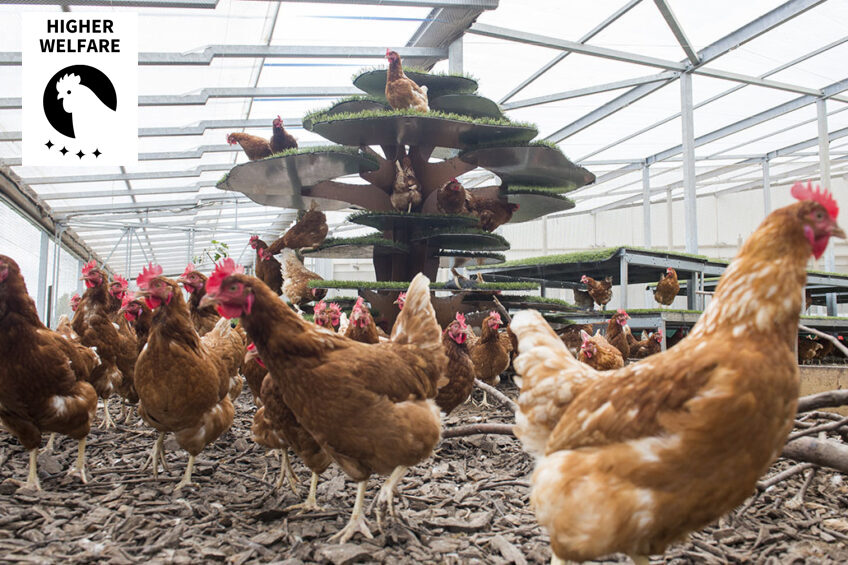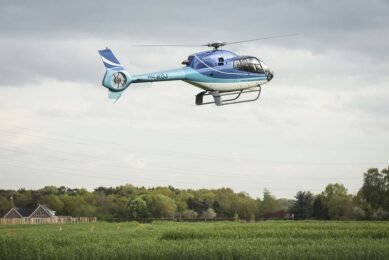Higher welfare poultry production systems: a long-term outlook

There will always be trade-offs in the search for better welfare poultry production systems, as some of the articles in our higher welfare focus section show.
What consumers perceive as welfare indicators do not always match with those considered as such by producers and even veterinarians.
The poultry sector has been tasked with fine-tuning its production systems so that we can hold onto our licence to produce, now and in the future. When a commodity or a niche product is produced, the welfare-improving measures will differ, depending on the markets.
Getting it exactly right will not be easy, whatever the case. But as long as producers can explain what they are doing in the actual poultry house and why and are not afraid to tell the consumer, they will be on the right path.
In a special focus series in Poultry World, we focus on the implication of higher welfare in poultry production…
Welfare and cost implications of aviary housing systems – In the US, the egg production sector is facing demands to change the standards for laying hen housing. These changes are associated with higher production costs.
A new milestone in US egg production – Delta Egg Farms, located 150 km southwest of Salt Lake City, Utah, converted its conventional housing system into aviary housing in 2019 to deliver eggs to California.
‘Distinguish real from perceived welfare’ – “The people who drew up the light intensity requirement of 50 lux really don’t understand bird behaviour and needs”. This is according to a Dutch poultry veterinarian when talking about the Better Chicken Commitment, noting that there are a few misconceptions.
Join 31,000+ subscribers
Subscribe to our newsletter to stay updated about all the need-to-know content in the poultry sector, three times a week. Beheer
Beheer








 WP Admin
WP Admin  Bewerk bericht
Bewerk bericht